29in mountain bike wheels, often referred to as 29ers, are a popular wheel size, offering higher rolling speeds and more stability than 26in and 27.5in wheels.
Due to their fast rolling speeds, its common to see 29in wheels used in all mountain bike disciplines from cross-country and trail to enduro and downhill – with the only notable exception being dirt jump bikes, which use 26in wheels.
While not as nimble as 27.5in wheels, many manufactures take advantage of both wheel sizes by giving their bike a 'MX' or 'Mullet' setup, where the front of the bike uses a larger 29in wheel and the rear uses the 27.5in size.
In this article, we'll cover everything you need to know about 29ers, including where they came from and their pros and cons.
What is a 29in wheel?
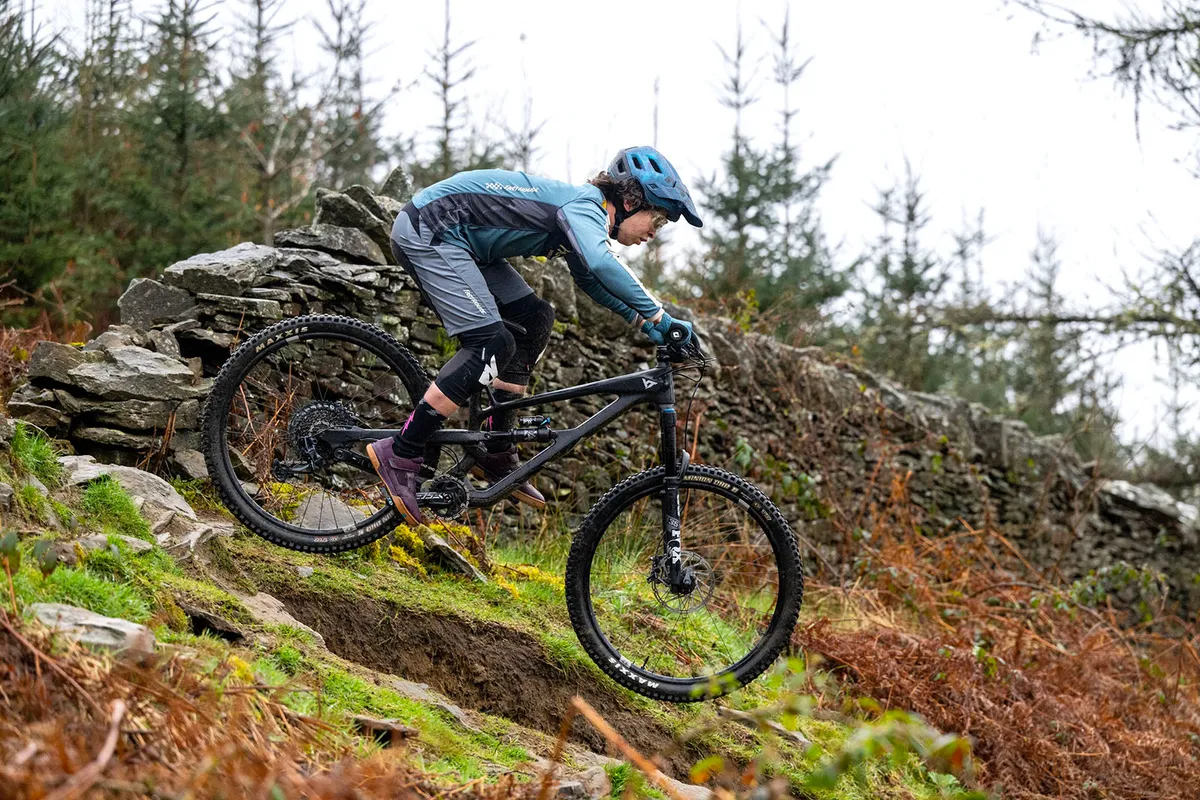
For the uninitiated, the stated size of a mountain bike wheel is the approximate diameter from tyre edge to tyre edge.
Mountain bike 29in rims share their diameter with the road bike 700c wheels standard that's been commonplace since our tarmac-loving brethren adopted the old 27in outer-rim diameter hoops as their standard wheel size.
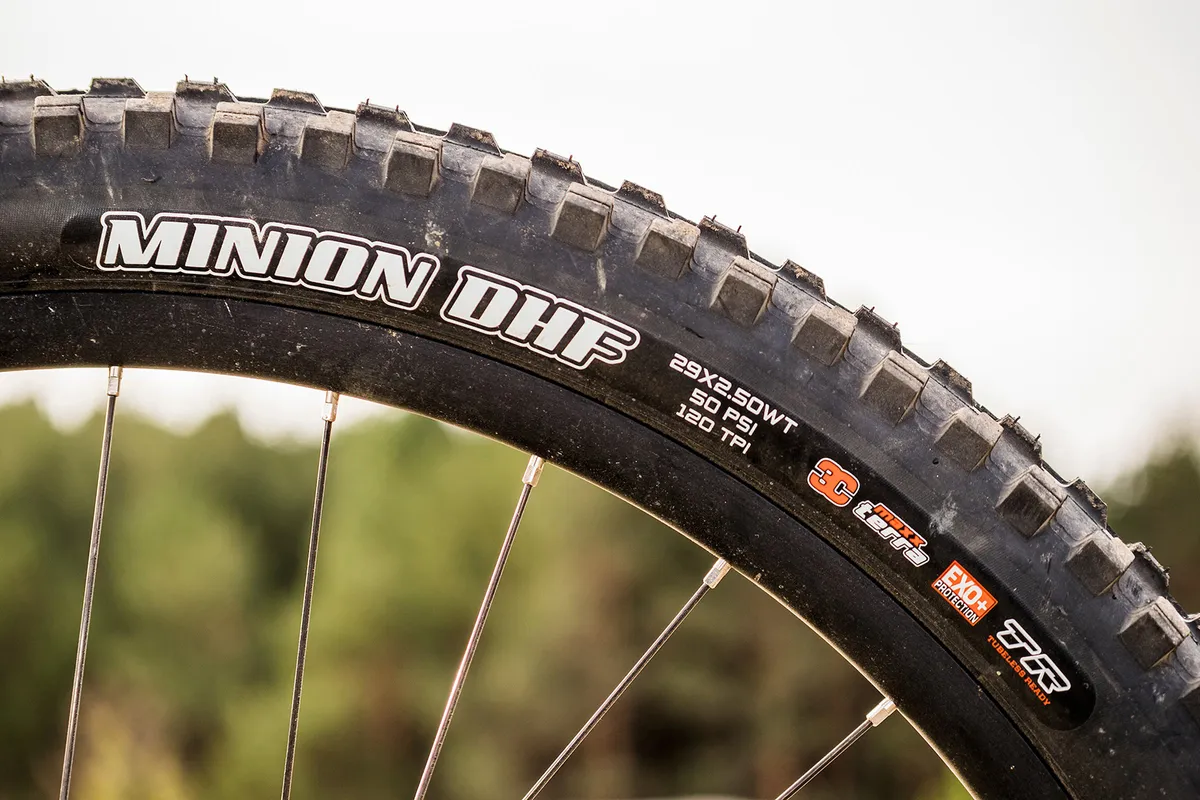
Mountain bike 29in rims are going to be wider, stronger and heavier than their roadie equivalents, however.
While you're unlikely to find a 26in wheel and tyre combination that's got a similar outer diameter to a 29er, some larger 650b/27.5in wheels and tyres might come close.
In reality, though, 29in wheels are currently the largest standard mountain bike wheel size available.
What are the advantages of 29in wheels?

The main reason that bigger hoops roll more evenly is the angle of curve. Try rolling a shot glass along the table, then do the same with a pint glass. A pint glass is significantly easier.
A shallower angle of curve isn’t as affected by bumps and dips because it bridges the gaps that form hard edges. That’s why riding a BMX down a flight of stairs is harder than it is on a mountain bike.
Taken to its logical conclusion, a wheel could be made big enough to simply fill the hard-edged gaps that form a series of steps and roll the edges like a slope.
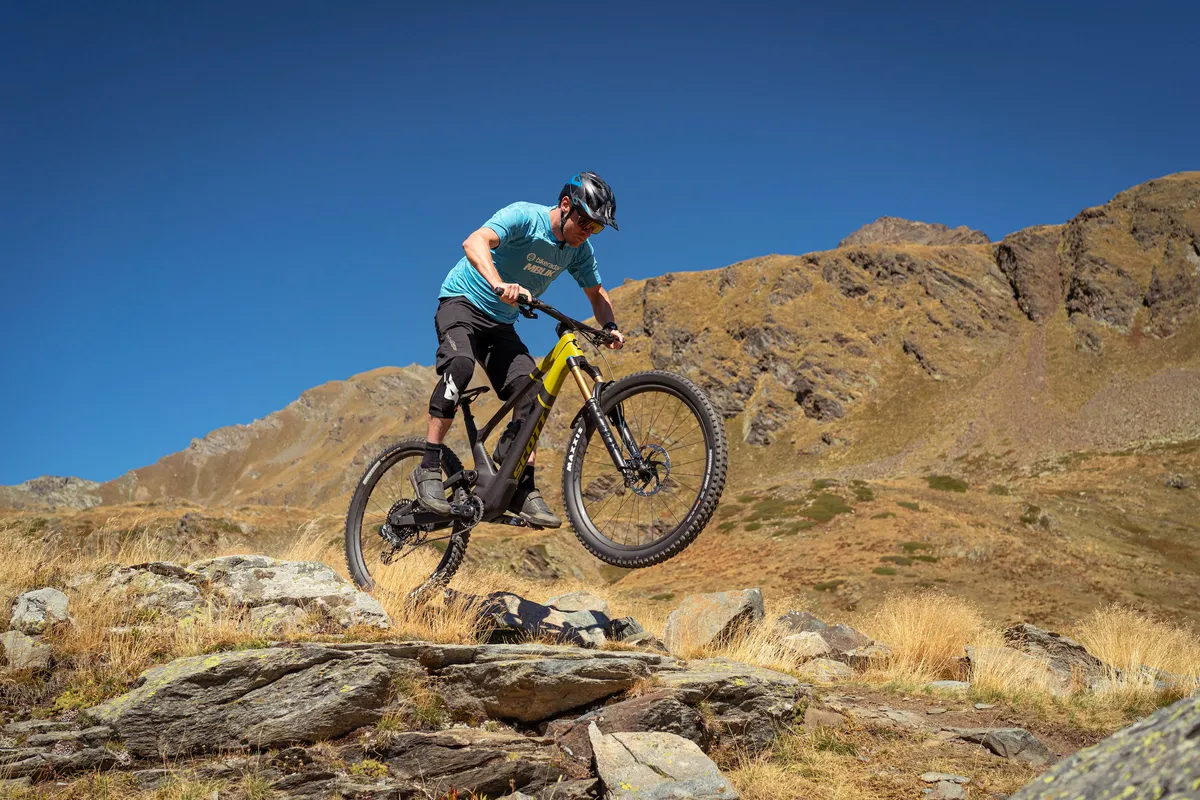
There are many factors to consider here. A typical 29er will feel more stable than your average 26in or 27.5in bike. That’s partly because of the longer wheelbase and the longer back end to make room for the bigger wheels.
It's also because your bottom bracket is further below the wheels' axles – known as BB drop – than on 26in and 27.5in-wheeled bikes.
Although the wheel axles are roughly 1.5in higher on 29ers than on 26in-wheeled bikes, a figure that gets smaller for 27.5in wheels, you’re still sat lower between the wheel axles on a 29er compared to the smaller wheel sizes.

So, while a big-wheeler on its own generally has a higher gravity centre (think of the sideways tipping point) than smaller-wheeled bikes, a 29er with a rider on board is actually more stable because the person’s body weight is on an axis that’s below the wheels' axles.
In terms of the way handling is affected by geometry, designers have made leaps and bounds since 29ers first launched.
A 29er can now be as responsive and quick to corner and react as most 26in and 27.5in-wheeled bikes.
What are the disadvantages of 29in wheels?
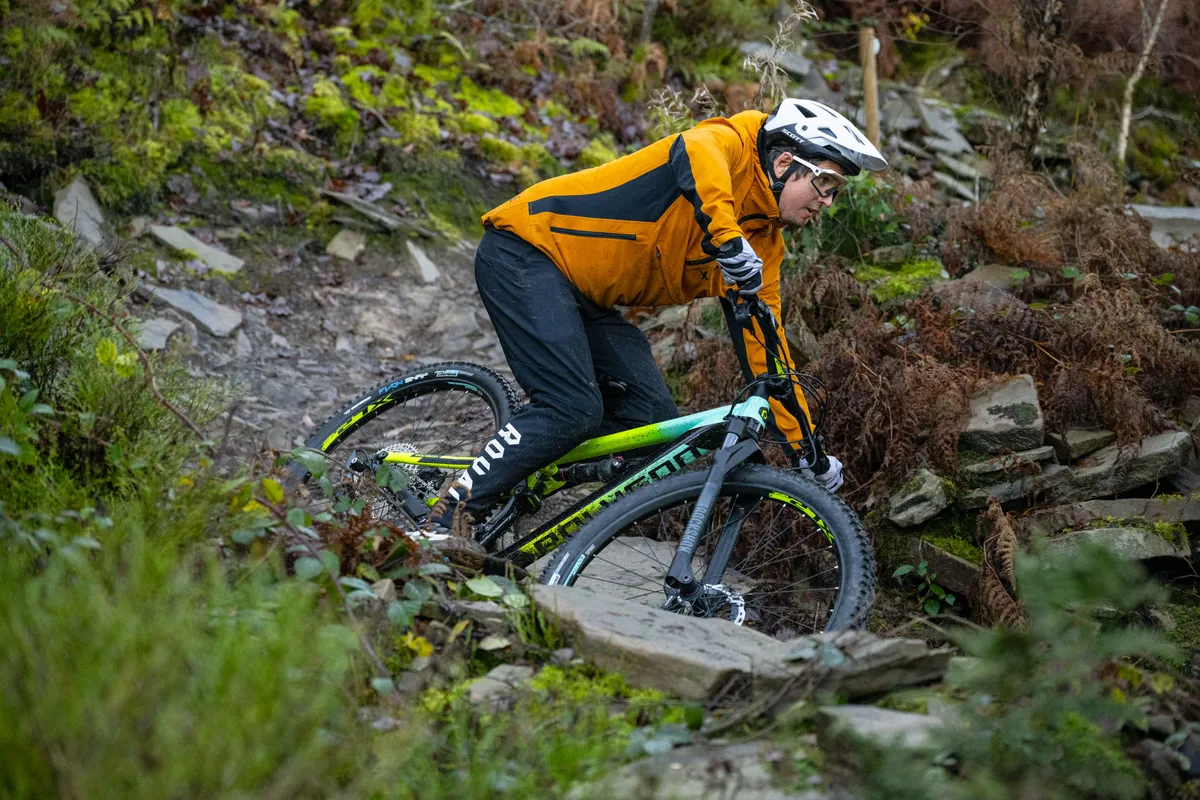
In short, it's becoming clear there aren't a huge number of disadvantages to riding a 29in-wheeled bike.
However, bigger wheels and tyres do tend to weigh more, so they don’t accelerate as well. And, while they roll over square-edged bumps more easily, they won’t accelerate down the other sides as quickly.
You also need to consider the pros and cons of some geometry compromises that need to be made to accommodate the bigger wheels and whether a longer and bigger bike is right for you.
Who are 29in wheels for?
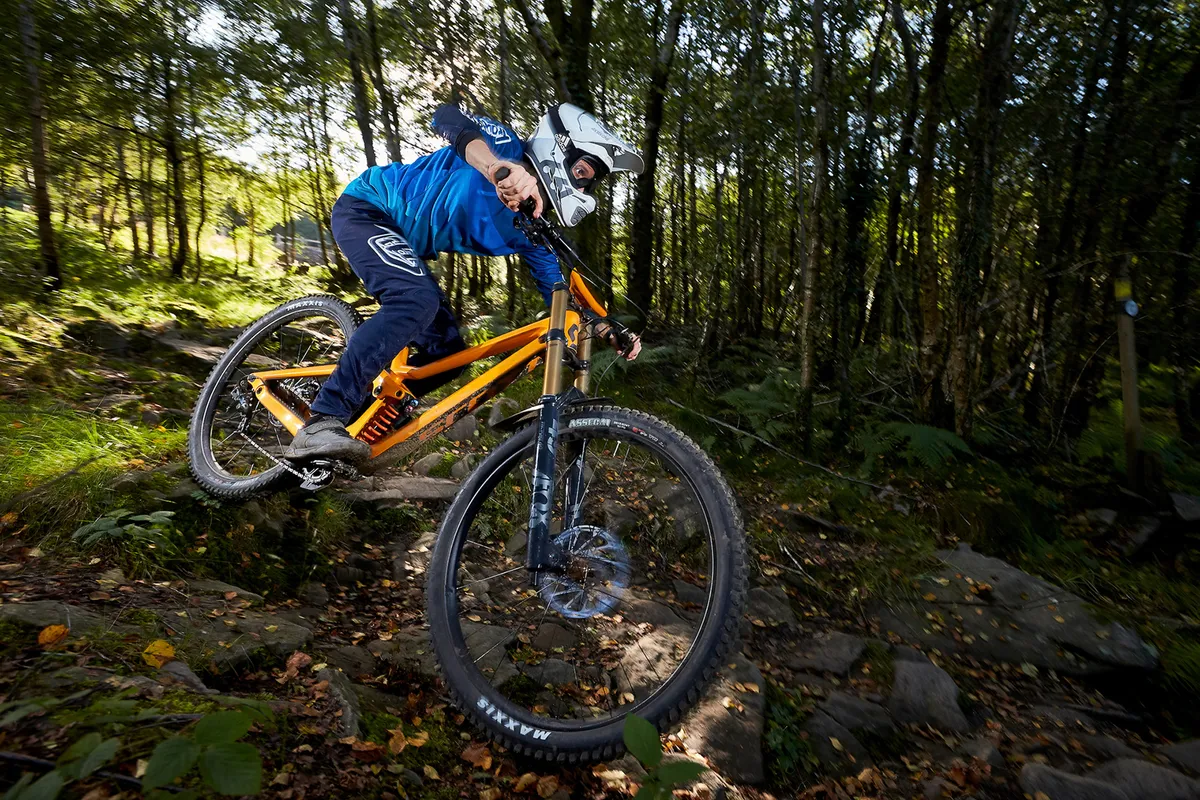
Ultimately, 29in wheels are going to provide benefits for a lot of people, no matter their ability or preferred discipline.
For beginners, the extra grip, stability and smoothness will help them access higher speeds and trickier terrain more easily.
If you're an intermediate rider, you'll find that you should experience the same benefits as beginners, but will be able to ride even quicker. The same can be said for people with high levels of skill, too.
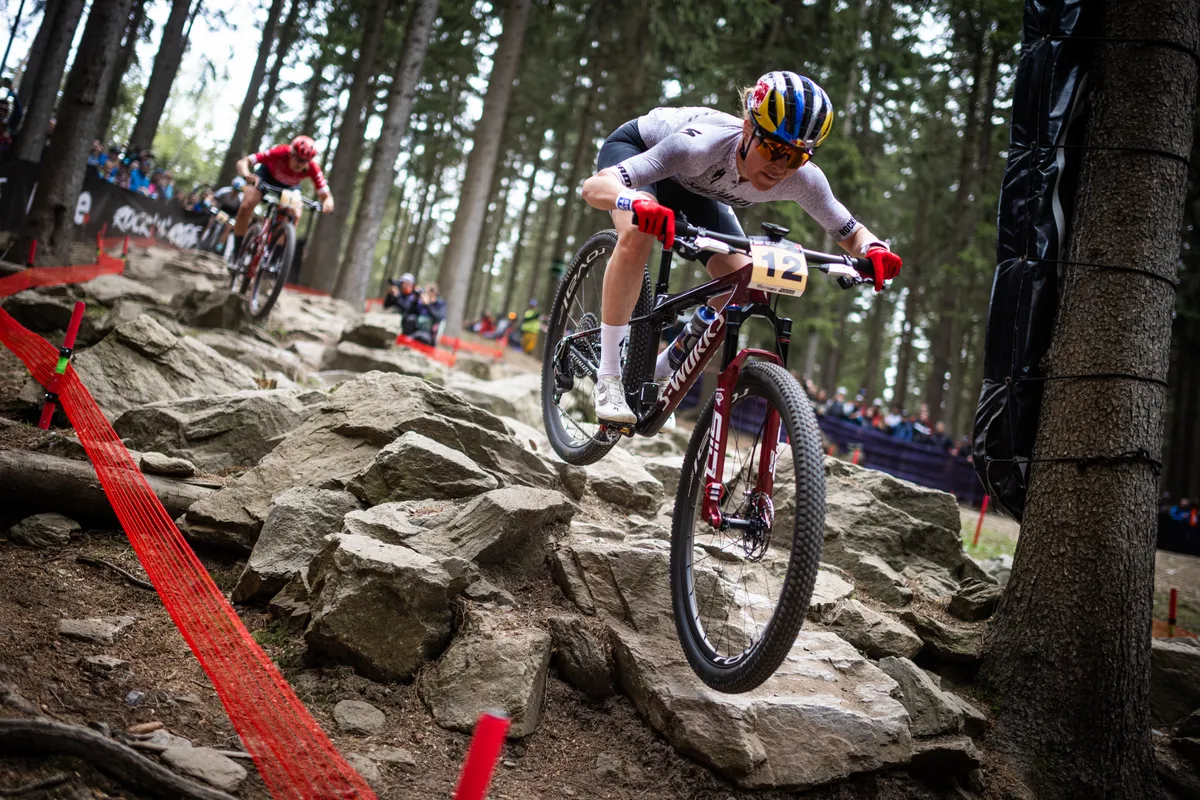
Cross-country riders will enjoy the smoother-riding, faster-rolling bike and added control afforded by the big hoops. People who ride trail bikes, all-mountain or enduro bikes will be able to ride quicker, with more grip and brake later — their bikes feeling smoother and faster than smaller-hooped rigs.
Downhill riders, arguably the most recent group to benefit from the wagon wheels thanks to the late adoption and slow development of the tech, often claim large-wheeled bikes are smoother, quicker and easier to control.
However, if you're riding tight, 180-degree switchbacks all day long or just stick to riding dirt jumps and pump tracks, it's unlikely you'll benefit from 29in wheels.
A history lesson: where did 29in wheels come from?

Way back in 1986, Dr Alex Moulton, famous for his comfy small wheelers, made a 20in-wheel, all-terrain bike. Unfortunately, the Moulton ATB had a fairly fundamental flaw. Its 20in wheels were unduly disturbed by all the little dips and bumps you’d barely notice on a 26er.
So, despite the comfort and control of Moulton’s suspension – in an era when most mountain bikes were fully rigid – his ATB wasn’t around for long.
If you’ve ever ridden a BMX on a proper mountain bike trail, you’ll know it’s not a great experience. Smaller wheels, not to mention shorter wheelbases, are harder to ride on bumpy ground. Think about it. All other things being equal, a bigger wheel’s shallow angle of curve rolls over uneven terrain more easily.
But can we also assume that bigger wheels will roll over rough surfaces faster? Not always. Complications arise when you introduce stuff that plays with the ‘all other things being equal’ bit, because they never are.
When the first mainstream 29ers rolled out, they showed potential but were hindered by a limited choice of suspension forks and geometry that essentially tried to mimic that of 26ers.
Gary Fisher’s early Genesis measurements were promising, but it’s only in the last couple of years that designers have truly started to understand the differences between ideal 26er geometry and ideal 29er geometry.
It’s not just down to tweaking frame angles. The length of the fork, stem, top tube and bottom bracket all have a bearing on the overall stability and ride feel of the complete bike.
Take suspension. In theory, all forms of it, including big tyres, make terrain seem smoother. But fitting suspension around 29in wheels is more complicated than it is for 26in ones. Without redesigning frames, there’s not enough room to fit things in.
Bigger wheels will usually require a different frame geometry to make a bike behave at its best.
